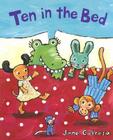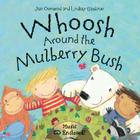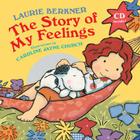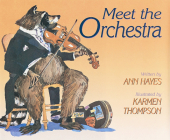What fun these posts about ABC books have been! I have to admit that I couldn't stop at a dozen this week! I met Willow Bascom this weekend and loved her book, Paisley Pig, so much I had to sneak it in.
This is a very basic ABC book, but because it’s by Brian Wildsmith, it's filled with gorgeous illustrations. If I could be an illustrator, I’d like to be Brian Wildsmith.
Pete has a wild appetite. He starts with Nico's accordion and works his way through the alphabet. The pictures are quite detailed, following Pete from letter to letter. Many dog owners will understand!
Zebra is putting together an ABC book but his friend Moose keeps butting in (love his appearance in Kangaroo’s pouch!). All goes reasonably well until Zebra features Mouse on the M page. This is a really funny book.

Many Nations: An Alphabet of Native America by Joseph Bruchac, illustrated by Robert F. Goetzl [Sorry, no link available.]
This is a beautiful book. Each letter shows either one of the nations of Native America (Iroquois, Navaho, Shinnecock…) or an important symbol or idea (eagle, visions…). The paintings are ones you want to spend time with.
I love clever books and this is a very clever book. Each letter becomes three different objects as the book is turned different directions. A becomes a bird's beak, K is a picnic table, Q is a magnifying glass. Try as I might, I couldn’t see most of the images until I read the caption. And then… obvious!
Another clever book! All the letters discover that Little x is missing. They hop on a flying pencil and track him down to a castle. Oh no! Giant M plans to put them all in an alphabet soup! How will they escape?
This is a classic. It tells the story of what happens when the whole alphabet tries to climb a coconut tree. It BEGS to be read aloud. If you can track down an audio version of Ray Charles reading it, get it – pure magic!
Ever wondered what happened aboard Noah’s Ark after floating around for a few months? Well… this author has some ideas. At first the ants were antsy, the dogs were demanding, the voles were vexed… Until, that is, Noah hollered, “We’re all in the same boat!” Things began to change after that. The giraffes made gifts, the orangutans organized their toys…
Z Goes Home by Jon Agee [Sorry no link available.]
Everybody has a job to do, and so does the letter Z. But when the workday's done, Z goes home. Not only does each page have a picture showing a letter, the picture is the letter: an E-shaped earthquake, an M-shaped mirror… And Z is checking out each one.
This is great book for construction and heavy machinery enthusiasts. Each picture gives wonderful opportunities to guess what is representing the letter. The final construction is pretty great, too.
Clever, clever, clever! First you see a box in the middle of the page, with a labeling word (arrowhead, balloons, cloud). Then lift the flap and the original picture becomes the space of the letter. It’s easier to see than explain!
If you are a fan of Click, Clack Moo: Cows That Type, (like me!) you'll like this book. The cows on Farmer Brown's farm are typing again. The animals are all heading somewhere. But where? You'll find out at the end of the book...
This is a very cool book. Besides being beautiful, it's perfect for guessing what's in the illustration to represent the letter. Fortunately, the author includes a list at the end of the book. Tricky!
Here's the idea I told you about last week:
My friend Patricia Newman is an author of kid's books [check out her guest post]. She also has a blog and on her blog she has a special contest for kids. It's called Kids on KidLit. If you go to her site you can read all the details but basically you just:
- Read a Book
- Write a book review
- Send it to her
Do this and she will:
- Publish your book review on her blog (very cool!)
- Enter your name to win a book - she gives away one book every month. (also cool!)
So why am I telling you about this today? I think reviewing a bunch of ABC books would be great. Patricia doesn't care how many reviews you write, so read and review!
Don't forget to add your ABC favorites to the Comments Box for the next time I post about them. Thanks!
Gail

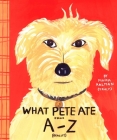
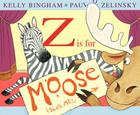
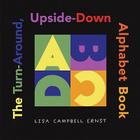
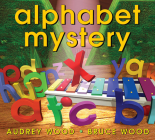
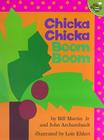
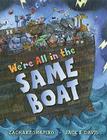
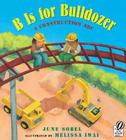

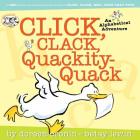
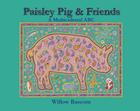
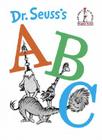
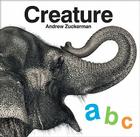

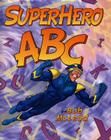
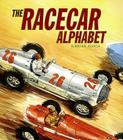
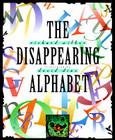
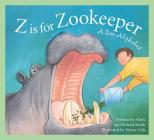
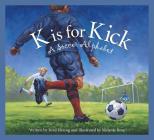
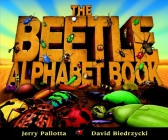
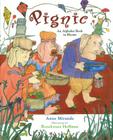

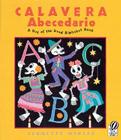
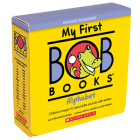
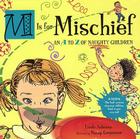
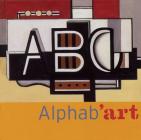
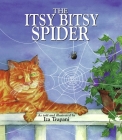
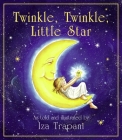

 On Top of Spaghetti by Tom Glazer [sorry, no link available]
On Top of Spaghetti by Tom Glazer [sorry, no link available]